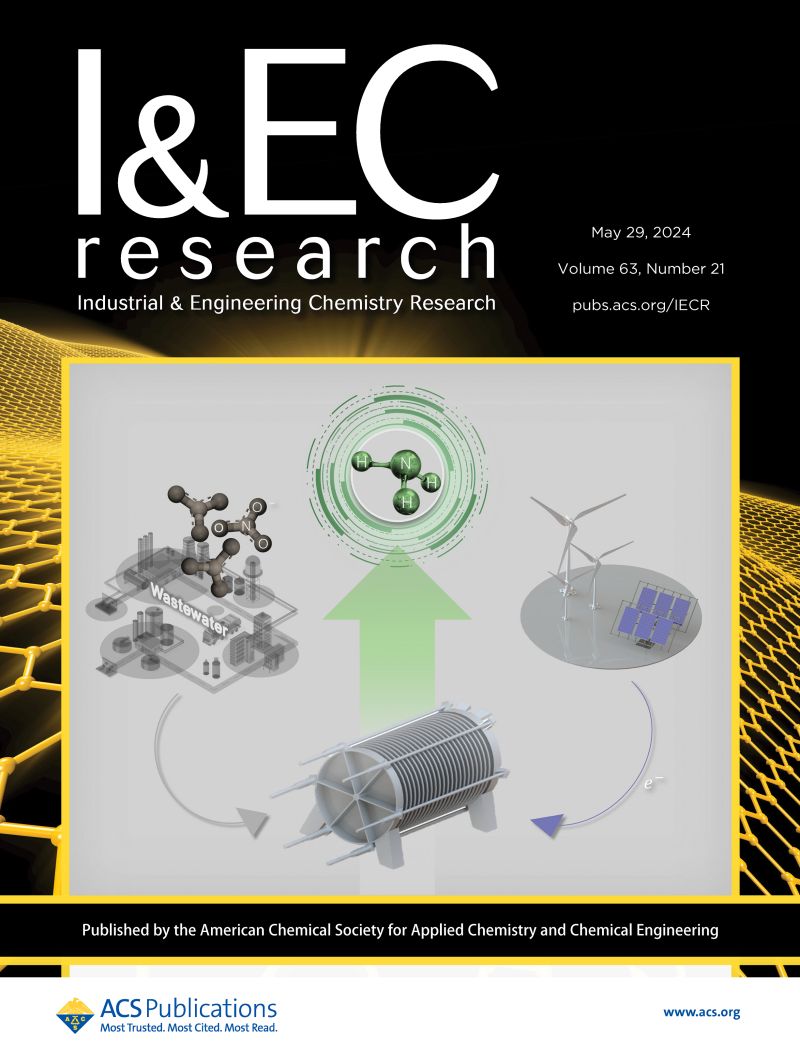Potential of Sector-Coupled Decarbonization between Cement Plants and Waste-to-Energy Plants
IF 3.8
3区 工程技术
Q2 ENGINEERING, CHEMICAL
引用次数: 0
Abstract
This work assesses the potential of sector coupling to address the challenges of CO2 capture and storage (CCS) in the cement sector, whereby a cement plant receives excess heat from a nearby WtE plant to power the CCS process. Due to seasonal variations in the district heating demand, large amounts of heat are available at WtE plants for CCS. By sharing this excess heat with a cement plant that typically emits more CO2, it was found that up to 60% more emissions reduction can be achieved compared to independent capture at each facility. In particular, sector coupling is favorable if the cement plant emissions are at least twice as much, a condition met by two-thirds of all cement-WtE plant pairs in Europe. Despite the many practical and regulatory challenges that come with sector coupling, the potential for significant CO2 reductions and efficient resource utilization makes it a promising avenue for decarbonization.

水泥厂与垃圾发电厂之间的部门耦合脱碳潜力
本工作评估了部门耦合的潜力,以解决水泥行业二氧化碳捕集与封存(CCS)的挑战,即水泥厂从附近的WtE厂接收多余的热量,为CCS过程提供动力。由于区域供热需求的季节性变化,大量的热能可在WtE工厂用于CCS。通过与通常排放更多二氧化碳的水泥厂共享这些多余的热量,发现与每个工厂独立捕获相比,可以减少多达60%的排放量。特别是,如果水泥厂的排放量至少是水泥厂排放量的两倍,那么行业耦合是有利的,欧洲三分之二的水泥-污水处理厂都符合这一条件。尽管行业耦合带来了许多实际和监管方面的挑战,但显著减少二氧化碳排放和有效利用资源的潜力使其成为一个有前途的脱碳途径。
本文章由计算机程序翻译,如有差异,请以英文原文为准。
求助全文
约1分钟内获得全文
求助全文
来源期刊

Industrial & Engineering Chemistry Research
工程技术-工程:化工
CiteScore
7.40
自引率
7.10%
发文量
1467
审稿时长
2.8 months
期刊介绍:
ndustrial & Engineering Chemistry, with variations in title and format, has been published since 1909 by the American Chemical Society. Industrial & Engineering Chemistry Research is a weekly publication that reports industrial and academic research in the broad fields of applied chemistry and chemical engineering with special focus on fundamentals, processes, and products.
 求助内容:
求助内容: 应助结果提醒方式:
应助结果提醒方式:


